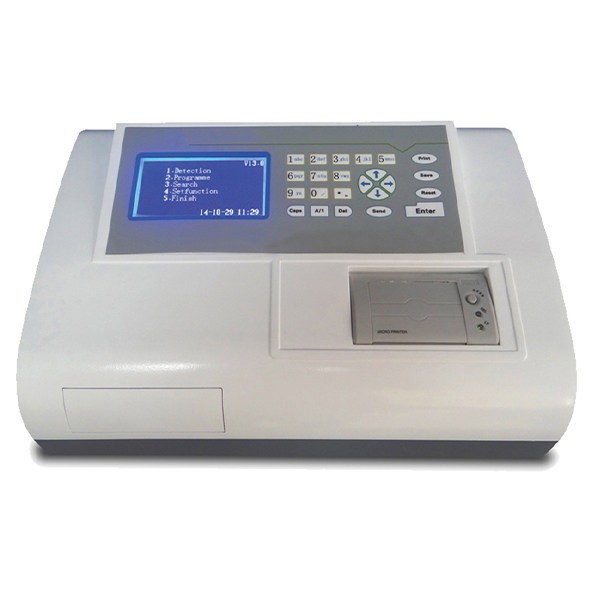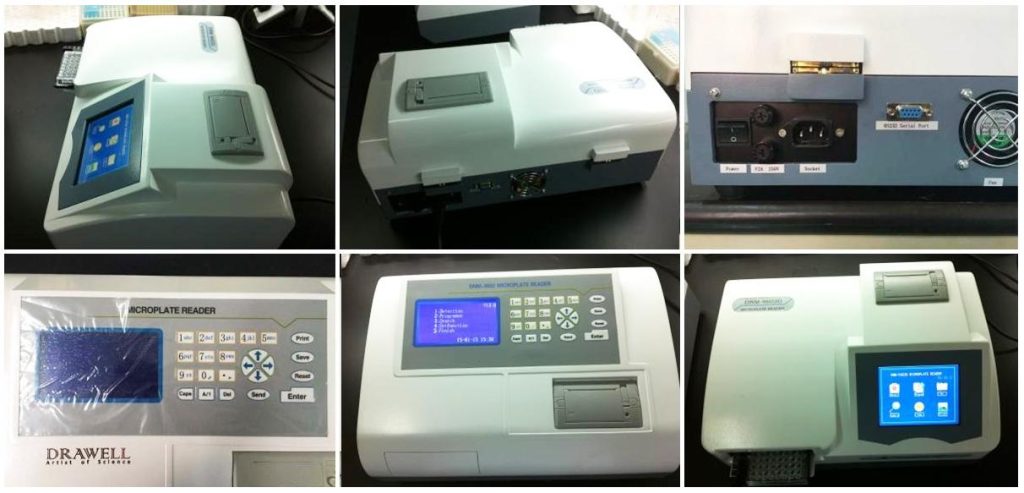Enzyme-Linked Immunosorbent Assay (ELISA) is a powerful tool in the realm of life sciences, enabling researchers to detect and quantify various substances, such as proteins, antibodies, and hormones. To extract the full potential of this technique, incorporating an ELISA reader into your workflow is crucial. In this guide, we will delve into the intricacies of utilizing an ELISA reader to achieve accurate and efficient results.

What is Elisa Reader?
Before delving into the specifics of using an Elisa reader, it’s essential to grasp the fundamental principles of ELISA. ELISA readers are specialized instruments designed to measure the optical density of reactions in microplate wells. These readers operate on the principle of absorbance, where the intensity of light absorbed by a sample is proportional to the concentration of the target molecule.
This widely used assay involves the detection and quantification of proteins, antibodies, or antigens in a sample. The results are obtained through a series of carefully orchestrated steps, including incubation, washing, and the addition of specific reagents. To ensure reliable results, it’s imperative to follow a systematic approach.

How to Use Elisa Reader? A Step-by-Step Guide
1. Prepare Your Samples:
Begin by collecting and preparing your samples according to established protocols.
Ensure uniformity in sample preparation, including proper dilutions to fall within the linear range of the assay.
2. Plate Loading:
Accurately dispense your samples into the microplate wells.
Include appropriate controls, such as standards and blanks, to create a reliable reference for measurements.
3. Incubation:
Allow the reaction to take place by placing the microplate in an incubator.
Follow recommended incubation times and temperatures to promote optimal binding.
4. Washing:
Carefully wash the microplate wells to remove unbound substances.
Consistent and thorough washing is essential to minimize background noise and enhance signal-to-noise ratios.
5. Add Detection Reagents:
Introduce detection reagents, such as enzyme-linked antibodies or substrates, to create a measurable signal.
Follow recommended concentrations and incubation times for these reagents.
6. Reading the Plate:
Place the microplate into the ELISA reader.
Select the appropriate detection wavelength and set the reader to measure absorbance.
Record readings for each well, ensuring proper alignment with your assay’s calibration curve.
7. Data Analysis:
Use the recorded absorbance values to calculate concentrations based on your standard curve.
Implement statistical analysis to validate the reliability of your results.

Tips for Optimal Performance When Using an Elisa Reader
1. Calibration:
- Regularly calibrate your ELISA reader using standards to maintain accuracy.
- Follow the manufacturer’s guidelines for calibration procedures.
2. Maintenance:
- Keep your ELISA reader clean and well-maintained to prevent contamination.
- Regularly check and clean the optics and ensure proper functioning of the instrument.
3. Quality Control:
- Include quality control samples in each assay to monitor the consistency of your results.
- Address any deviations promptly by investigating potential sources of error.
4. Data Documentation:
- Maintain comprehensive records of your experimental setup, reagent lots, and instrument settings.
- Document any deviations from the standard protocol.
Conclusion
Using an Elisa reader is a skill that develops with practice and understanding. By following these steps and maintaining attention to detail, researchers can harness the full potential of their Elisa reader, ensuring the accuracy and efficiency of their experiments. As technology continues to advance, mastering the art of utilizing instruments like the Elisa reader remains integral to the progression of scientific discovery and innovation.
